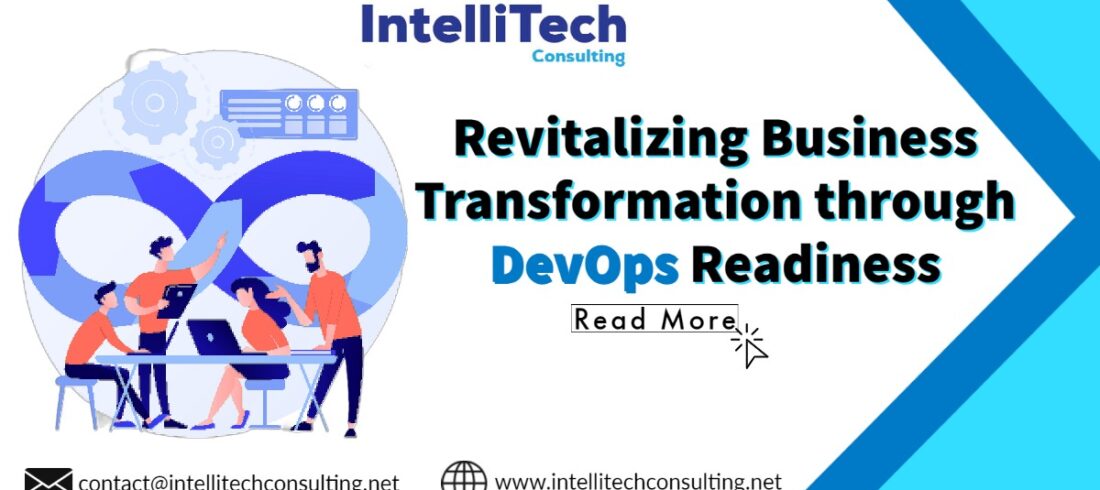

Incorporating Continuous Testing into Your DevOps Workflow
Introduction
In the ever-evolving landscape of software development, the integration of Continuous Testing into the DevOps workflow has become a crucial aspect of ensuring the delivery of high-quality, reliable, and efficient software products. Continuous Testing not only identifies issues early in the development cycle but also promotes collaboration, accelerates feedback loops, and enhances the overall software development process. In this comprehensive guide, we’ll explore the key concepts, benefits, and strategies to successfully incorporate Continuous Testing into your DevOps workflow.
Understanding Continuous Testing and DevOps
Continuous Testing is an essential practice that involves running automated tests throughout the software development lifecycle. It aims to detect defects, vulnerabilities, and performance bottlenecks at every stage, from coding and integration to deployment and beyond. DevOps, on the other hand, is a collaborative approach that bridges the gap between development and operations, enabling faster and more reliable software delivery.
Benefits of Incorporating Continuous Testing
Early bug detection: Continuous Testing identifies issues in the early stages of development, reducing the cost and effort required to fix bugs later in the process.
Faster feedback loops: Automated tests provide rapid feedback to developers, allowing them to address issues immediately, thereby accelerating the development cycle.
Improved collaboration: Continuous Testing encourages collaboration between development, testing, and operations teams, fostering a culture of shared responsibility.
Enhanced software quality: By continuously validating code changes, Continuous Testing ensures that software meets quality standards and user expectations.
Reduced risks: Regular testing minimizes the risk of deployment failures, security breaches, and performance problems in production environments.
Incorporating Continuous Testing Into Your DevOps Workflow
Automate tests: Start by automating unit tests, integration tests, and end-to-end tests using frameworks like Selenium, JUnit, or pytest. Automating tests enables quick and consistent validation of code changes.
Integrate tests in CI/CD pipelines: Integrate automated tests into your Continuous Integration and Continuous Deployment (CI/CD) pipelines. This ensures that tests run automatically whenever code is committed or deployed.
Shift-left testing: Adopt a “shift-left” approach by involving testing early in the development cycle. This reduces the likelihood of defects reaching downstream stages.
Use test environments: Set up testing environments that mimic production conditions. This enables more accurate testing of application behavior and performance.
Implement test orchestration: Employ test orchestration tools to manage and coordinate different types of tests, making it easier to track test results and resolve issues.
Continuous monitoring: Implement monitoring tools to collect and analyze performance data in real time. This helps in identifying and addressing performance bottlenecks and scalability challenges.
Security testing: Integrate security testing into your Continuous Testing process to identify vulnerabilities and ensure the application’s security posture.
User acceptance testing (UAT): Incorporate user acceptance testing into your pipeline to involve stakeholders in validating the software’s functionality against business requirements.
Challenges and Best Practices
Test selection: Choose the right tests to include in your automated suite. Prioritize tests that cover critical functionality, edge cases, and potential problem areas.
Maintainable tests: Write maintainable and readable test scripts to ensure that tests can be easily updated as the application evolves.
Parallel testing: Run tests in parallel to reduce execution time and accelerate feedback, especially in large and complex applications.
Test data management: Manage test data effectively, ensuring that each test run uses consistent and relevant data sets.
Continuous improvement: Regularly review and refine your testing strategy to adapt to changing requirements, technologies, and user feedback.
Collaboration: Foster open communication between development, testing, and operations teams. Encourage knowledge sharing and cross-functional collaboration.
Conclusion
Incorporating Continuous Testing into your DevOps workflow is a transformative step toward delivering high-quality software with greater efficiency and reliability. By automating tests, integrating them into CI/CD pipelines, and following best practices, you can identify issues early, improve collaboration, and enhance the overall software development process. Embrace Continuous Testing as an integral part of your DevOps testing services journey to meet user expectations, minimize risks, and stay ahead in the dynamic world of software development.






